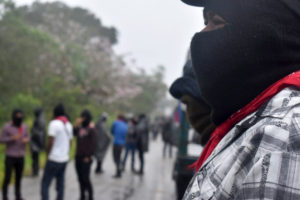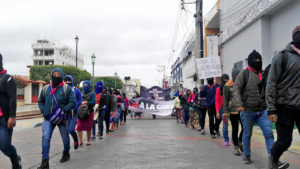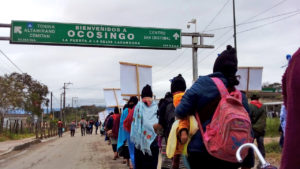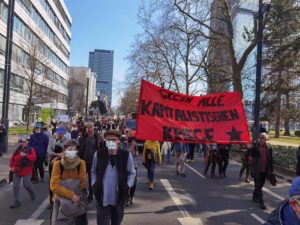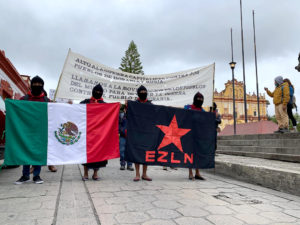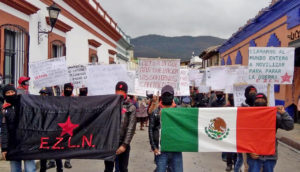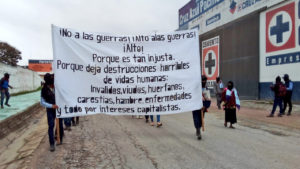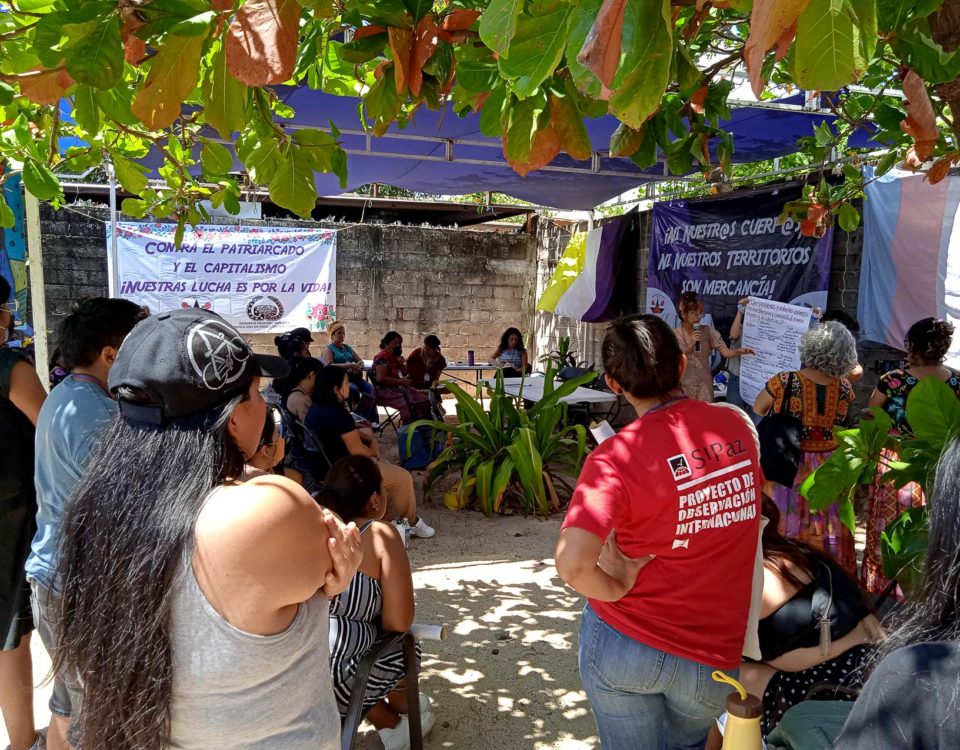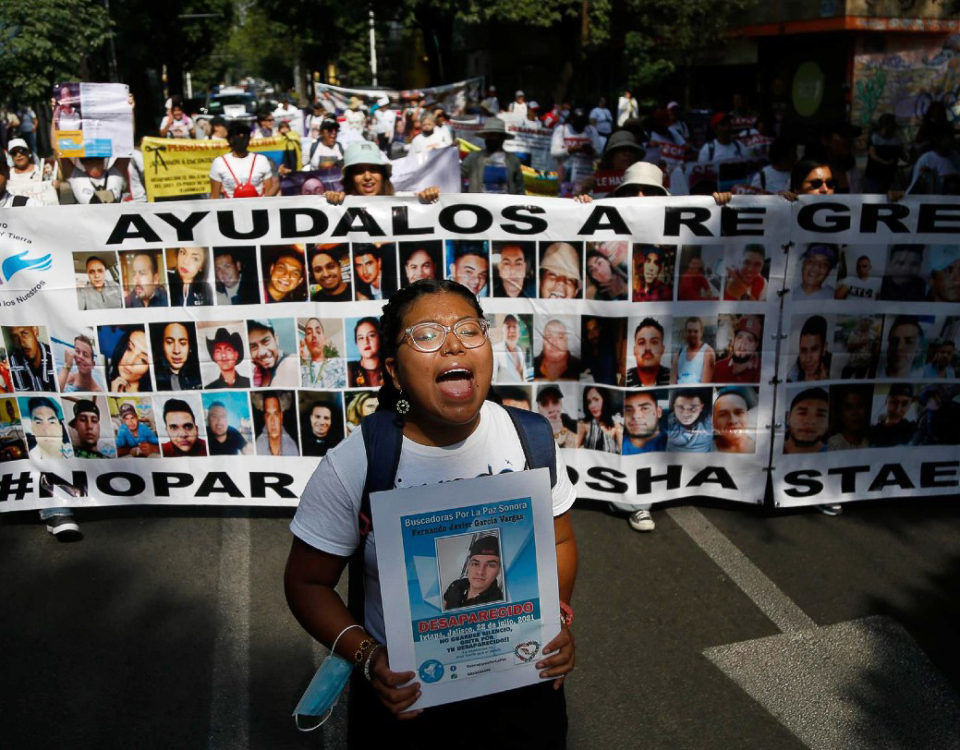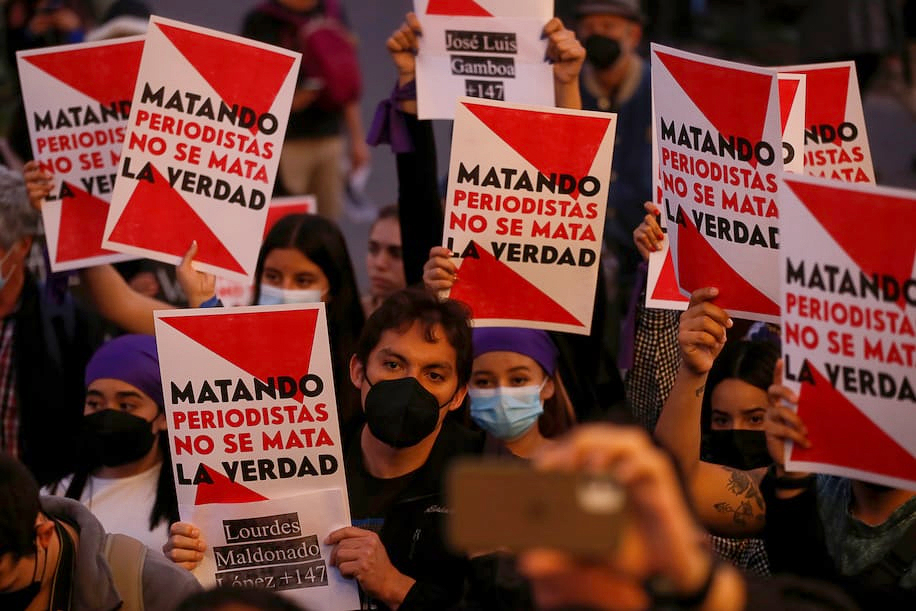
FOCUS: Violence Crisis Crosses the Right to Freedom of Expression in Mexico
04/06/2022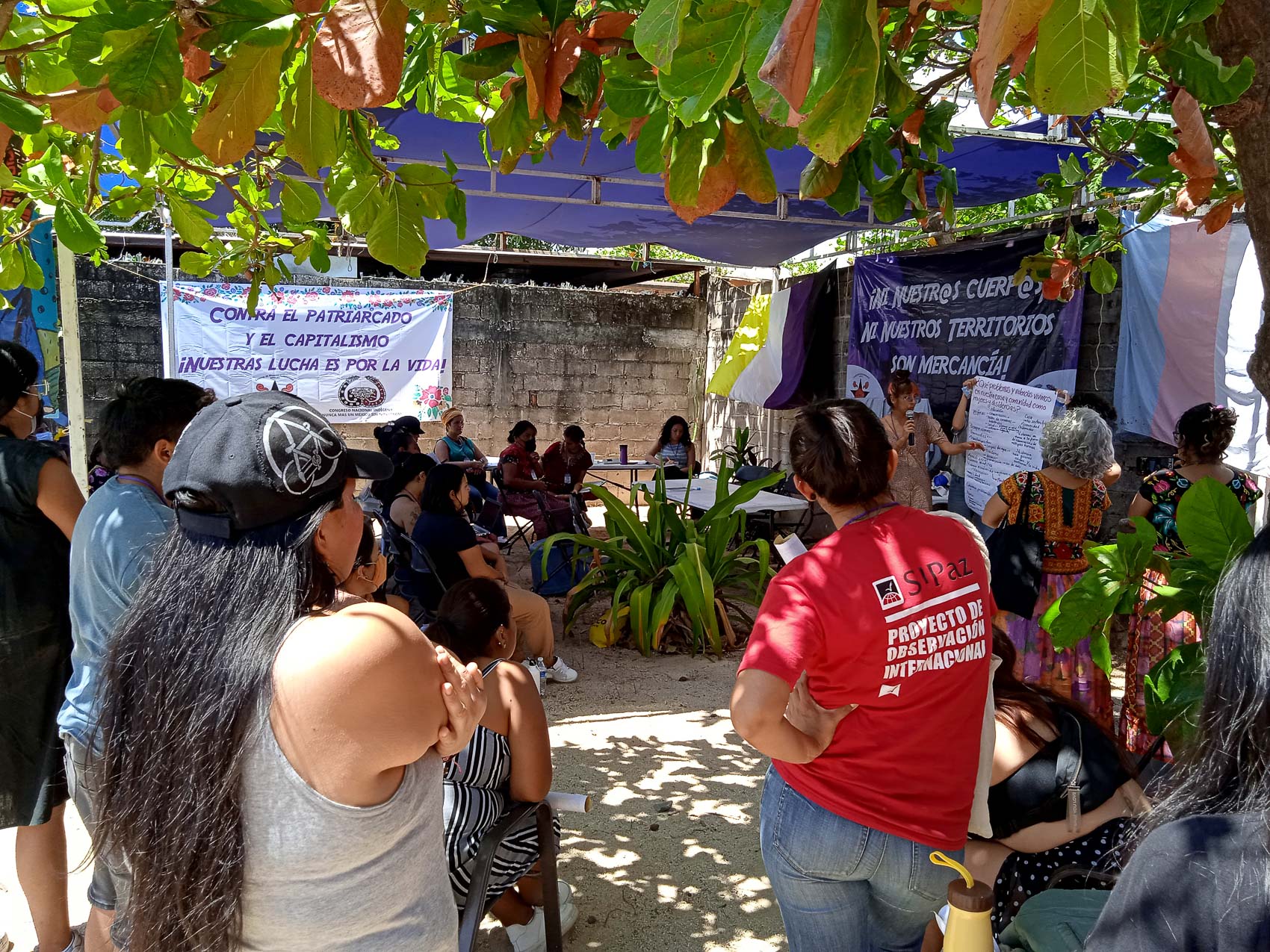
SIPAZ Activities (mid-February to mid-May 2022)
04/06/2022
T errifying and shocking images traverse the globe these days: bloodied teddies, facades of buildings destroyed by bombing, frightened people in air-raid shelters, lifeless bodies in the middle of a street, ruins and what used to be, at some point, a flourishing city, with life, art, joy, with peace.
This city does not have a name, it has several: it could be Mariupol in the Ukraine or Aleppo in Syria, Marib in Yemen, Duhok in Kurdistan or Gao in Mali. Some frequently appear in the news, others have already fallen into collective oblivion, perhaps deliberately ignored.
Imagine there is a war and no one is watching.
The Escola de Cultura de Pao de Catalunya’s report reveals that, in April 2022, there were eighteen serious armed conflicts across the planet. If we include those of low intensity, this number grows to more than forty.
In addition, according to Amnesty International “at the end of 2019, 79.5 million people around the world had been the object of forced displacement due to armed conflicts”, a number that, three years later, reaches a much higher level, due to escalating conflicts. The numbers of people affected by famine, torture, murder, lack of stability, education and resources, to name just a few of the consequences of wars and armed conflicts, have yet to be recorded.
Imagine there is a war and we are watching it.
Watching hurts, it implies confronting yourself, not only with frightening and alarming images, such as burned hospitals, young people armed to enter a war that is not theirs, or abandoned bodies; but also with the pandemic, the scarcity of resources and with unequal development. All being indicators of possible future confrontations, and possible wars.
But watching and protesting, given these images and themes, is essential in the process of putting an end to these conflicts. It is the first step for their transformation.
Imagine there is a war and we fight against it.
Different forms of resistance and protest against oppression and injustice have existed and will always exist in the world: from art, boycotts, strikes, public letters and, perhaps the most recurrent, demonstrations. In times of war, this form of expression is risky, since it leads to repression and intimidation, but at the same time it takes on huge importance. It serves to feel supported and, not only to minimize fear, but to send powerful messages, to demand changes and show the common aversion towards abuses of power.
Since 1983 there has been a group in Chiapas that fights for changes, watching the wars, positioning themselves against them: the Zapatistas. First with weapons, then with words, and always in collective appearance, demonstrating in massive protests and gatherings, such as the Color of the Earth March of 2001, the International Meeting of Women who Struggle in 2019, or the Journey for Life in SLUMIL K´AJXEMK´OP/Europe. Its most striking demonstration took place in 2012, when thousands of Zapatistas demonstrated in five cities in Chiapas.
On Sunday, March 13th, 2022, they emerged again, collectively. The Zapatistas marched in San Cristobal de Las Casas, Ocosingo, Palenque, Las Margaritas, Altamirano and Yajalon in Chiapas, as announced on March 9th, 2022. Their objective: to demand a “stop to the war waged by capitalist governments” and “life and peace in the world”. They stressed that “it is not only in Ukraine. Also in Palestine, Kurdistan, Syria, the Mapuche people, the original peoples across the planet, and so many libertarian processes that are attacked, persecuted, murdered, silenced, distorted.”
They called on “all honest people, groups, collectives, organizations and movements in Mexico and in the world, according to their times and ways -and preserving their independence and autonomy-, to join the activities to demand a stop to the wars, beginning on Sunday the 13th.”
The request was answered by these groups: on Sunday the 13th, in addition to the Zapatistas in Chiapas, different groups and collectives throughout Mexico and the world took to the streets and organized political actions in order to demonstrate their resistance and aversion to wars, and at the same time their strength and solidarity with those affected.
It is worth mentioning that, in the municipality of Altamirano, the Zapatistas invited the population to join the demonstration. Thousands of residents participated in the march, demanding the release of the 37 peasants kidnapped since last December.
According to estimations of Chiapas Paralelo, some 20,000 Zapatistas protested that day in the different municipalities, with what is expected to begin “a world campaign against the wars of capital”, organizing “concerts, encounters, festivals, meetings (. ..)”
The EZLN communiqué ends with a clear call:
“Against all wars: all arts, all resistance, all rebellions!”

